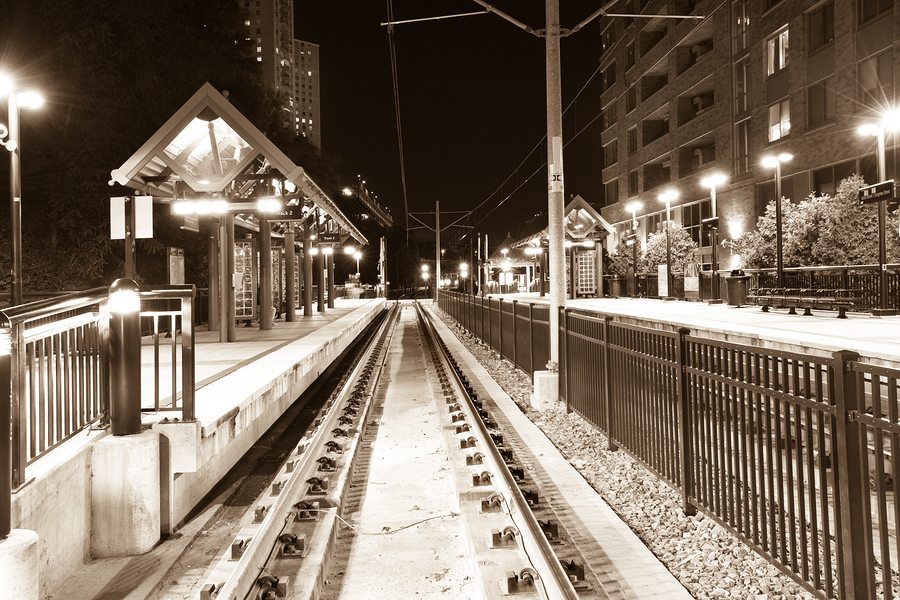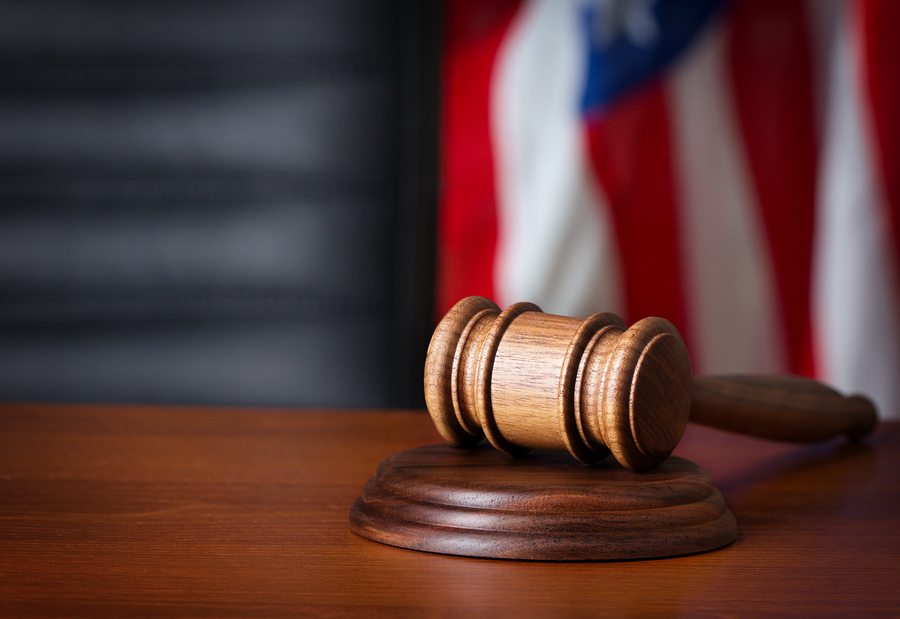Last month, a major train accident in Hoboken, New Jersey killed one victim and injured over 100 others, bringing the nation’s attention to the subject of railroad safety. A year earlier, an Amtrak train derailed in Philadelphia, killing eight and injuring more than 200. Philadelphia train accident lawyer Brent Wieand examines what causes accidents like these to occur – and finds that, in many cases, railroad disasters can be traced back to human error.

Trains are perceived as a safe way to travel. Major disasters are uncommon – but that doesn’t mean they never happen. On April 3, 2016, two people were killed when an Amtrak train derailed in Chester, Pennsylvania. On February 24, 2015, one person was killed and 29 were injured in a California derailment accident. Just weeks before the crash in California, six people were killed and 15 were injured in a Metro-North accident in New York.
Known or possible causes were identified in each of these cases. The Chester crash may have occurred because “there was construction equipment on the track,” according to NTSB investigator Ryan Frigo. The derailment in California was caused by a collision between the train and a truck that was stopped at a grade crossing, the intersection where a road and set of train tracks meet. The crash in New York was also a grade crossing collision, though in that case the vehicle was an SUV.
Unfortunately, these are only a few examples of the ways preventable railroad disasters can occur. The Federal Railroad Administration (FRA) tracks the causes of train crashes in the United States, providing us a picture of how and why accidents happen.
The FRA divides train crash causes into six broad categories: track issues, signal errors, highway-rail collisions, equipment defects, human error, and miscellaneous causes. However, more accidents are caused by human error than by any other type of problem: over one third of all crashes reported. Just compare these accident totals from January to July of 2016:
The next question is, what types of human errors cause the most train crashes? Again, FRA data can provide answers.

According to FRA statistics, the most common human error was improper alignment of railroad switches, which allow trains to move from one set of tracks onto another. This type of mistake was responsible for 39 crashes: more than 4% of the accidents during the reporting period. Other human errors that led to avoidable accidents included:
Though alarmingly prevalent, human errors aren’t the only major causes of railroad disasters. Track defects – many of which are indirectly caused by human error – also accounted for a significant portion of the crashes reported. Types of track problems that caused railroad crashes during the reporting period included:
According to a separate FRA document, nearly 71,500 inspections were conducted from October 2013 through September 2014. These inspections uncovered 7,684 violations. While the FRA notes that accidents caused by human factors, equipment factors, and track factors are all down significantly from 2005, having decreased by 45%, 36%, and 52% respectively since that time, the report acknowledges that “we owe it to the public and rail workers to do better.”
Eerily, the report mentions Positive Train Control (PTC) as a key way to reduce accidents – but this lifesaving technology was missing from the section of track where the Amtrak derailment occurred in Philadelphia last year.
If you were injured in a SEPTA accident or Amtrak accident in Pennsylvania or New Jersey, it may be possible to recover compensation for your medical bills and other expenses. Depending on the circumstances, railway companies and their employees may be liable for wrongful death or personal injury resulting from derailments, collisions, and other types of crashes.
An experienced Philadelphia SEPTA accident lawyer like Brent Wieand can help you understand your legal options if you or a loved one was the victim of a railroad accident. To talk about your injury claim in a free legal consultation, call the Wieand Law Firm, LLC at (888) 789-3161.
*Disclaimer: This article is for informational purposes. It is not legal advice and should not be used as legal advice. The Wieand Law Firm, LLC is based in Philadelphia, PA, and proud to serve clients throughout Pennsylvania and New Jersey.*